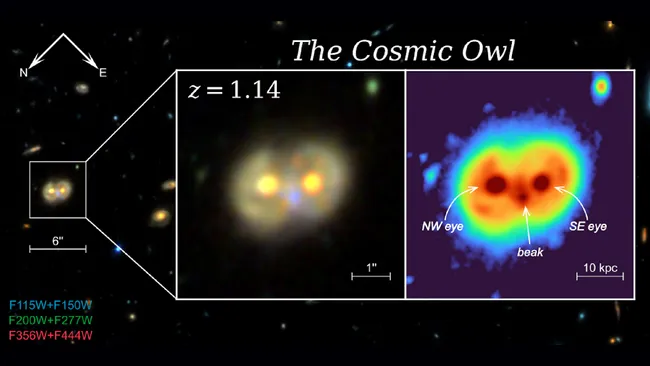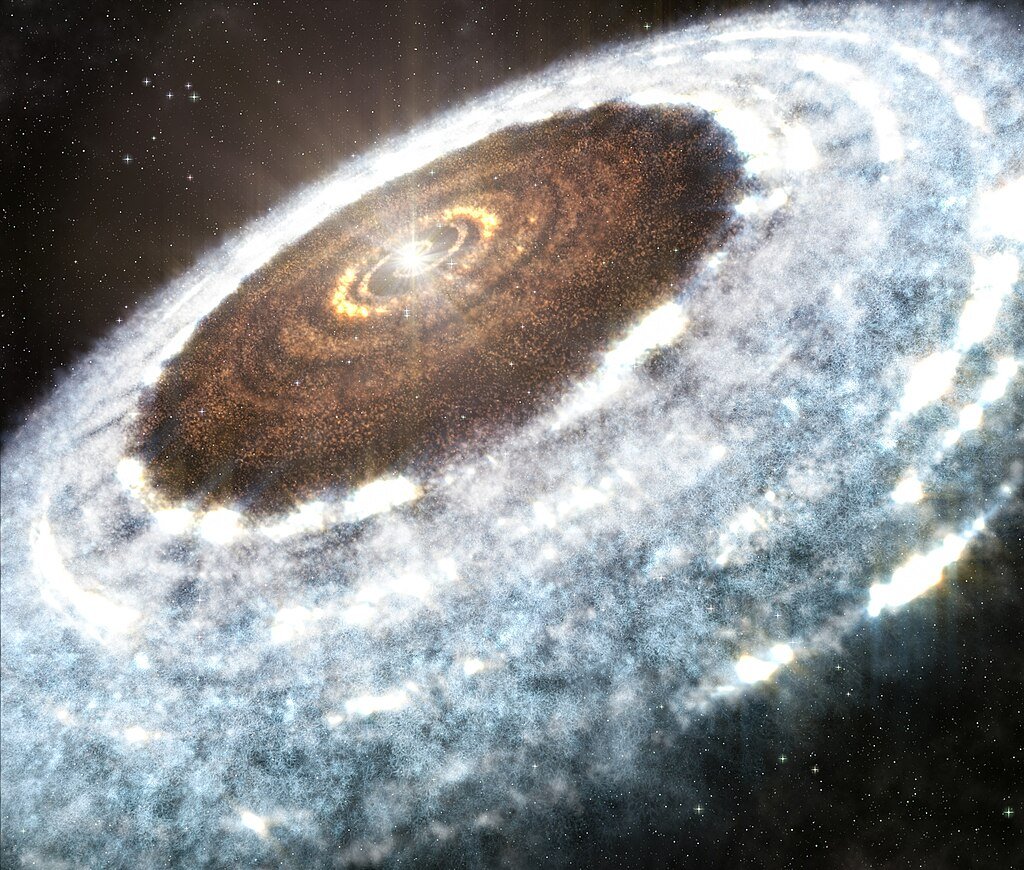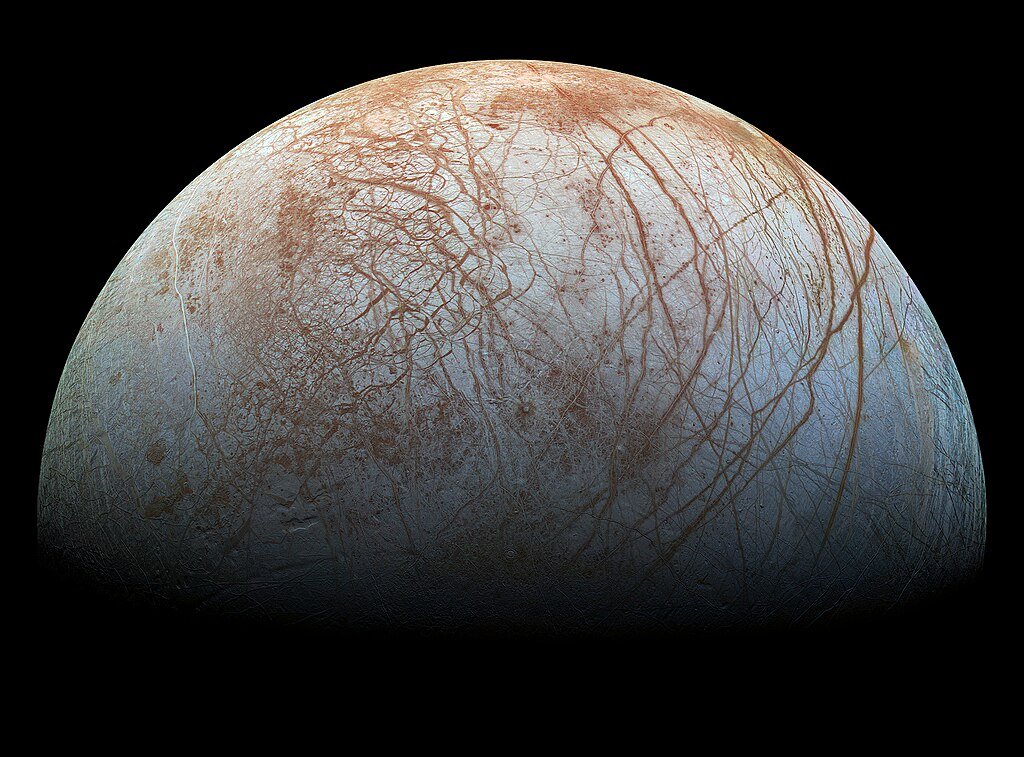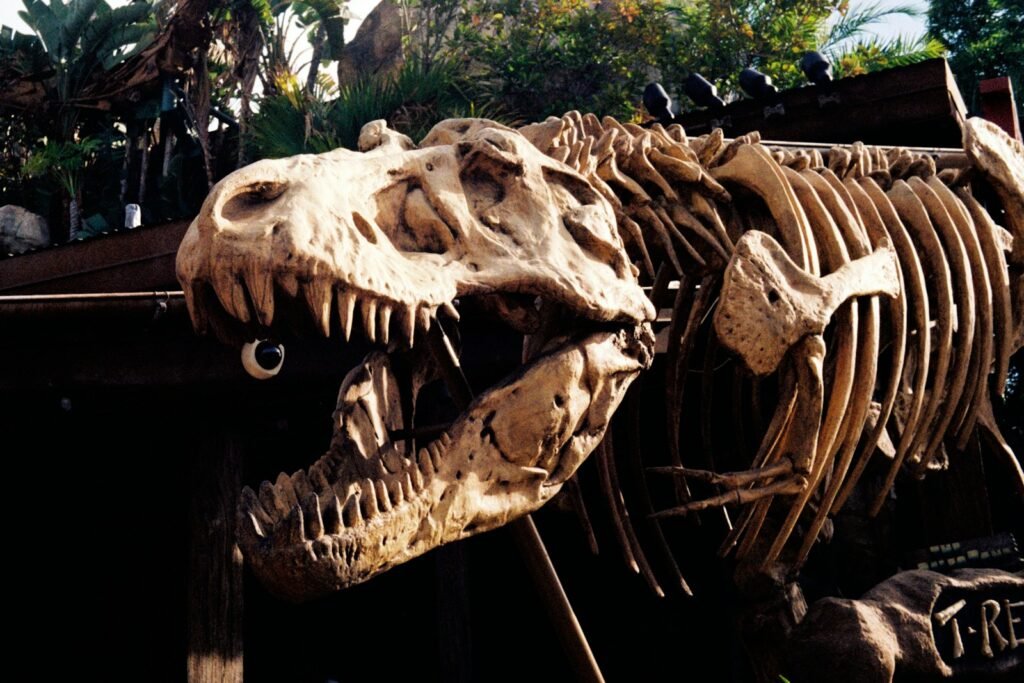Exploring the Cosmos: Potential Life Indicators Found on Exoplanet K2-18b
New James Webb Telescope data reveals tantalizing hints of biological activity on a distant water world but scientists urge cautious optimism. A Whisper From 120 Light-Years Away The James Webb Space Telescope (JWST) has detected what may be the most promising evidence yet for extraterrestrial life: “This isn’t just another blip it’s a siren call ...









